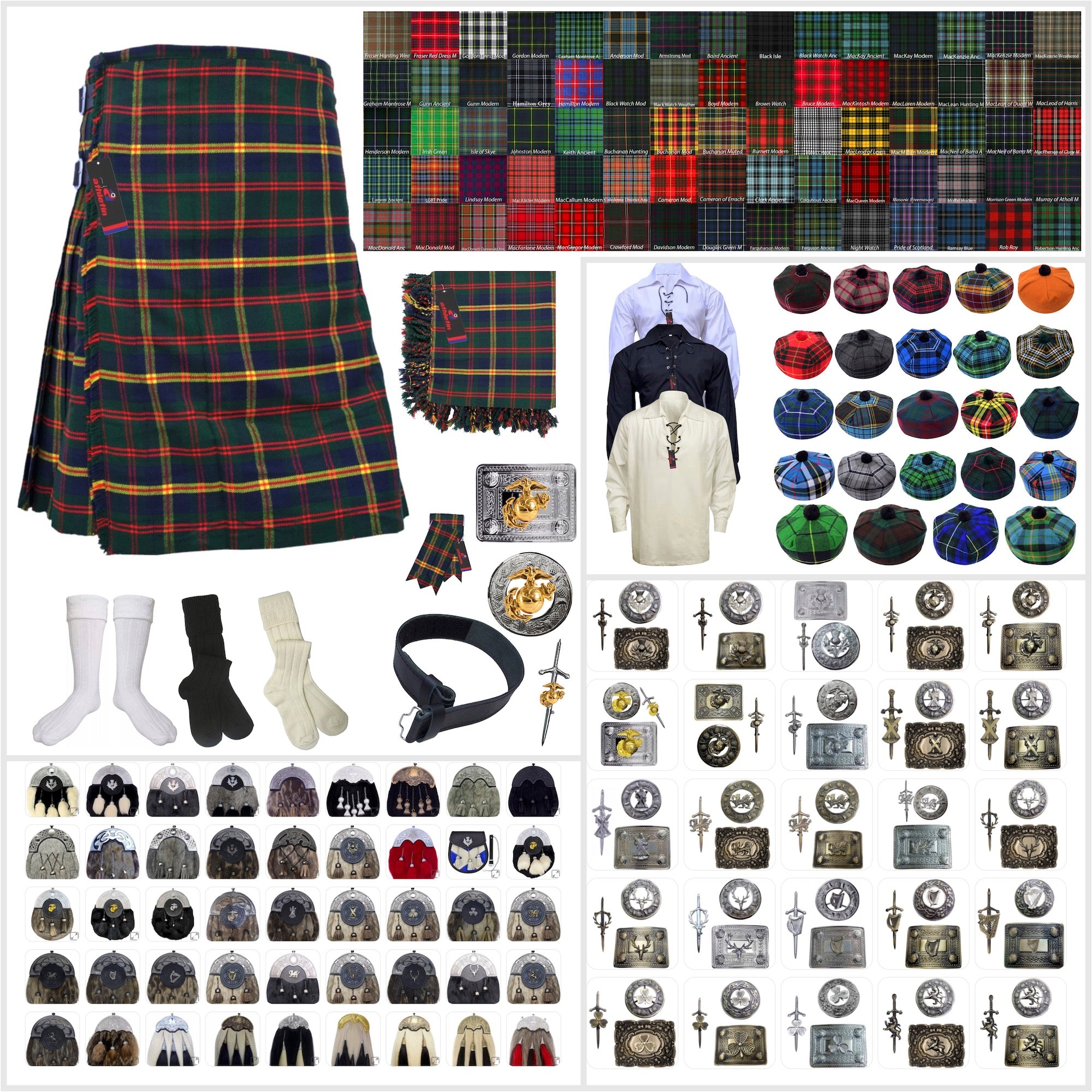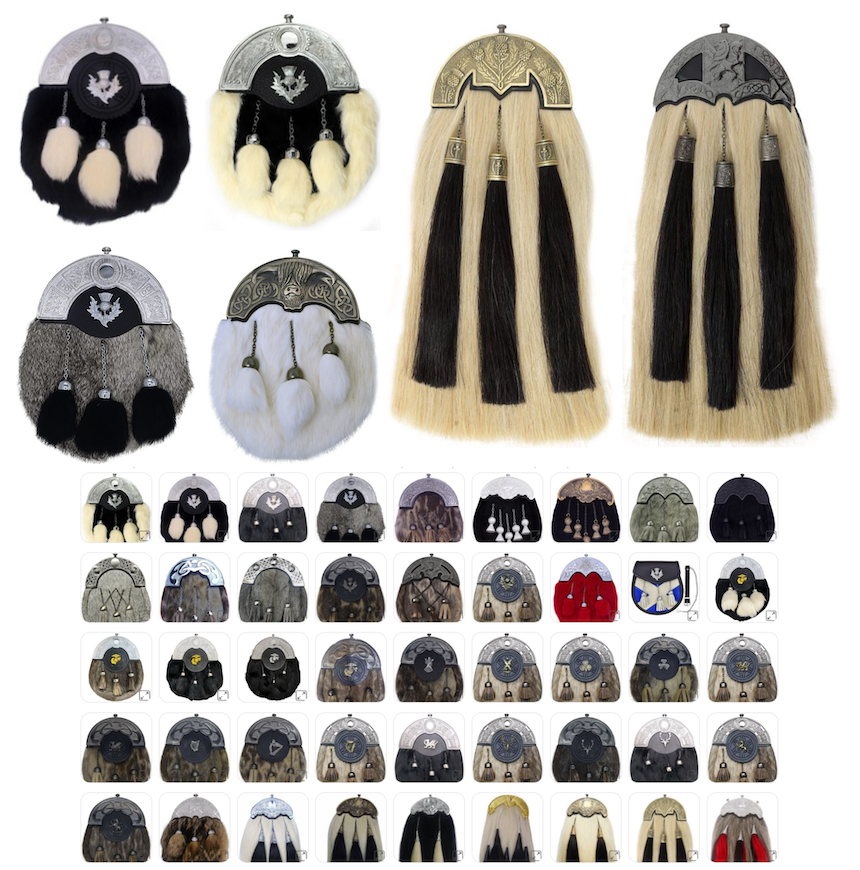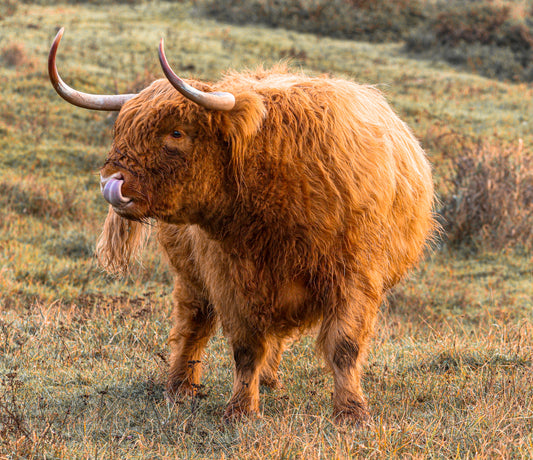Tartans - The Significance of Tartans in Scottish Identity
The Significance of Tartans in Scottish Identity
Tartans have been a defining symbol of Scotland and its people for centuries, with roots tracing back to the Bronze Age. More than just a fabric, tartans represent heritage, tradition, and a deep sense of belonging.
The Origins of Tartan: A Symbol of Clan Loyalty
✅ Ancient Beginnings – The earliest evidence of tartan weaving dates back to the ancient Celts in Scotland.
✅ Clan Distinction – Each Scottish clan developed its own unique tartan pattern, allowing members to identify one another on the battlefield and show loyalty to their kin.
✅ Passed Through Generations – Tartans were handed down within clans, becoming a cherished family tradition.
Tartans: More Than Just a Pattern
✔ A Symbol of Scottish Culture – Over time, tartans became an iconic representation of Scotland, worn with pride by Scots at home and abroad.
✔ Connection to Ancestry – Wearing a tartan is a way to honor one’s ancestors and celebrate Scottish roots.
✔ Representation on the World Stage – Tartans are worn at Highland Games, cultural festivals, and Scottish events worldwide.
Tartans Today: A Living Tradition
🏴 Global Popularity – Scots and people of Scottish descent around the world continue to wear tartan as a sign of pride.
🎉 Versatile & Stylish – Tartans are found on kilts, scarves, ties, sashes, and modern fashion.
💙 Clan & Universal Tartans – While clan tartans honor family heritage, universal tartans (like the Pride of Scotland) allow everyone to embrace Scottish tradition.
Find Your Perfect Tartan
At Athletin, we offer a wide range of authentic tartans, from traditional clan tartans to modern universal designs. Whether you’re honoring your ancestry or celebrating Scottish heritage, we have the perfect tartan for you.










